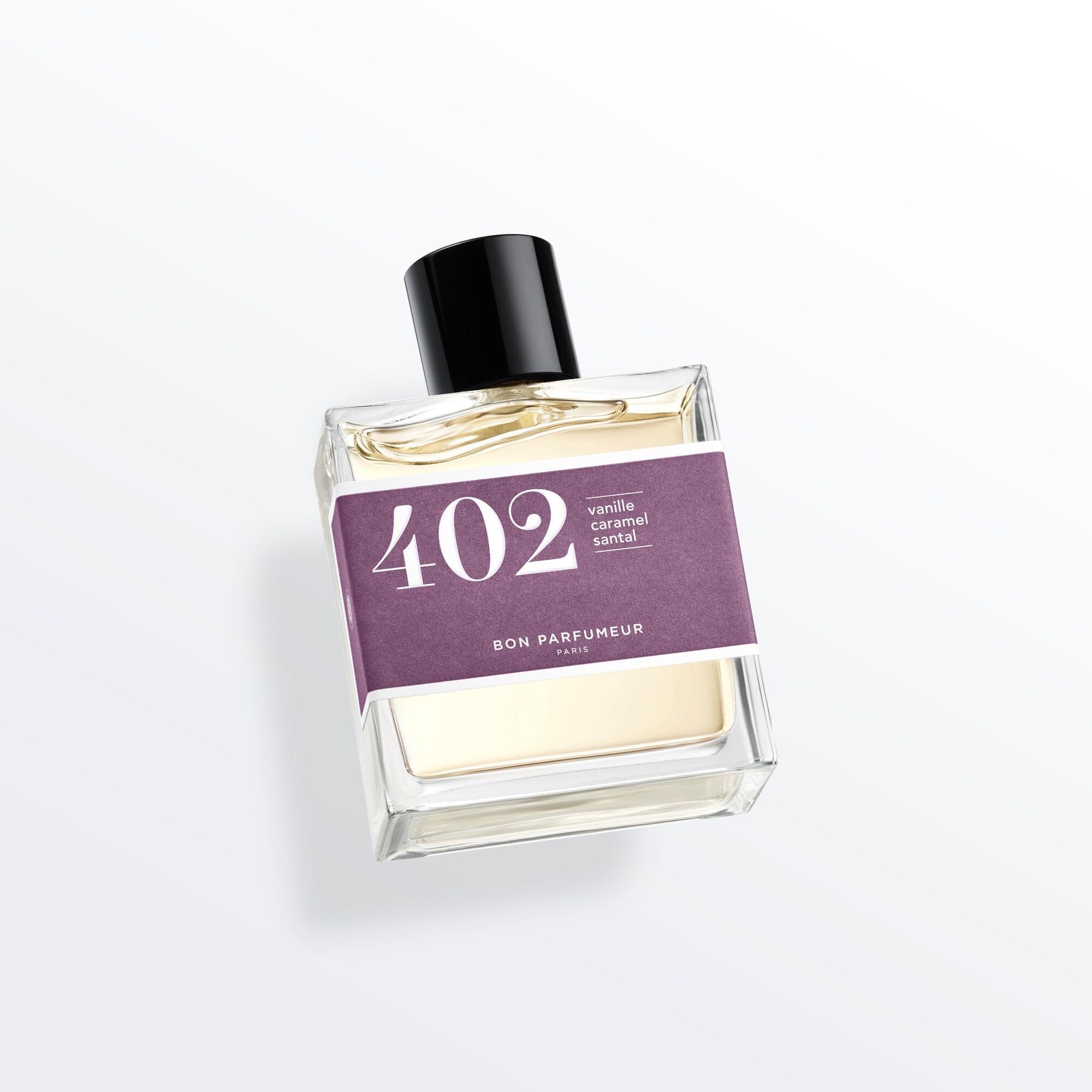Perfume played a major role during the Renaissance, between the 14th and 16th centuries. This was an important time for perfumery, with an increasing number of nobles choosing to use perfume. Personal hygiene was complicated; bathing required considerable staff and lots of time. Having to wait for liters of water to be transported and heated up meant that it was easier to opt for perfume to cover up body odor. In addition, there was a wide-spread fear at the time that water could spread disease: another reason to stay away from baths.
Consequently, there was a real fashion for perfumes in the Renaissance, particularly for strong and heady perfumes that masked other scents. Well-off nobles chose fragrances featuring musk, amber, jasmine and tuberose.
How did the Renaissance change perfumery?
The world of perfumery benefited from the international exploration of the period. This resulted in the development of original perfumes, made with little known ingredients. Christopher Columbus, Magellan and Vasco de Gama were instrumental in this. During their expeditions, they picked exotic flowers and plants from distant lands and brought them back to Europe.
We have them to thank for discovering cocoa, vanilla, cardamom, tobacco and pepper. If the exotic plants managed to survive in their new land, they were included in new formulas to create exclusive fragrances.
Beautiful Venice, at the cutting edge of fashion
The first European treaty on perfumery appeared in Venice in 1555 and the Italians soon became pioneers in creating perfumed gloves. The recipe for peau d’Espagne, the traditional scent for gloves, is still available today: a maceration of tanned leather in rose water to which fragrant ingredients are added. The mixture is then blended with animalistic notes.
Paris and its passion for perfumed gloves
Although the Renaissance began in Italy, France soon followed in its neighbors’ footsteps as perfumers moved to Paris. The French Corporation of Perfumed Glove-Makers was founded in 1656, during the Sun King’s reign. It’s common knowledge that Louis XIV and his court were passionate about perfume. Perfume flowed freely in Versailles: it was applied to gloves, of course, but also to bodies, furniture, clothes, accessories and even animals.
The Renaissance and perfume are inextricably linked in France, Italy and the rest of Europe. But perfume was only for nobles who could afford this luxury product. The family of Catherine de Medici commissioned perfumes from nearby apothecaries to France.
Want to travel back in time? Why not opt for a perfume that features some of the most famous notes from the Renaissance? Discover our Candle 02 with coriander seed, honey and tobacco leaves to enhance your home. Choose 602 with pepper, cedar and patchouli for a captivating scent that’s worthy of the French court.
Find out more about the role of perfume in ancient Egypt, the Middle Ages and Islam, learn about the secrets of modern perfumes, the links between kings and perfume and the history of perfume.
















